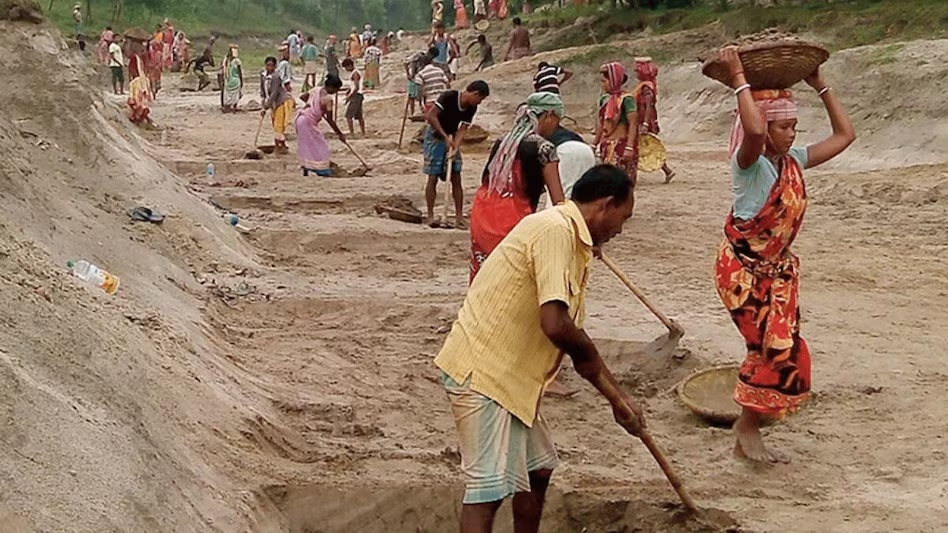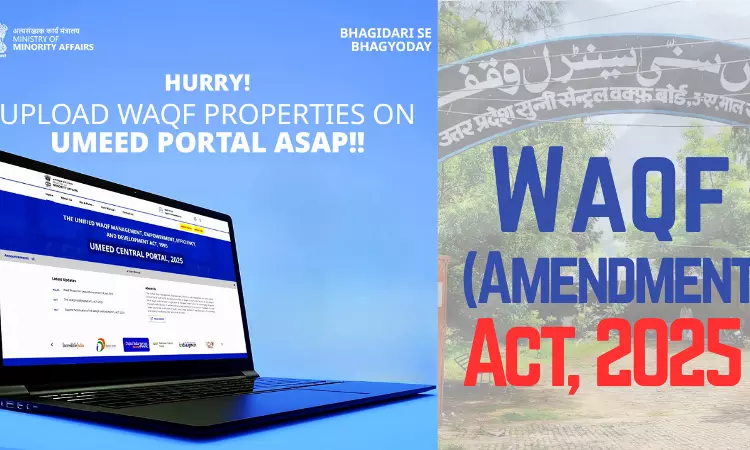Description

Copyright infringement not intended
Picture Courtesy: https://www.thequint.com/news/law/38-awarded-death-sentence-in-ahmedabad-serial-blasts-case-is-this-common-what-does-the-law-say
Context: In India, the death penalty is reserved for exceptional cases based on severity, alternatives, and mitigating circumstances, with additional safeguards through the President's Mercy Power.
Process and criteria followed in India for determining whether the death penalty should be awarded in criminal cases
Step 1: Criminal Offence
- The first consideration is whether the crime committed falls under offences punishable by death as per Indian law. Examples include certain categories of murder, terrorism-related offences, and certain cases of aggravated sexual assault.
- If the offence is punishable by death, the process proceeds to the next step. If not, the death penalty cannot be awarded.
Step 2: Conviction
- After establishing that the offence is punishable by death, the focus shifts to whether the accused has been convicted of such a crime by a court of law.
- If the accused has been convicted of a crime punishable by death, the assessment moves to the next step. If not, the death penalty cannot be imposed.
Step 3: Aggravating Circumstances
- This step involves examining whether there were aggravating circumstances present during the commission of the offence. Aggravating factors could include the brutality of the crime, premeditation, the impact on victims, or other factors that worsen the seriousness of the offence.
- If aggravating circumstances are found to have been present, the process continues to the next step where the sentencing court considers whether to impose the death penalty. If no aggravating circumstances are found, the court may consider alternative penalties, such as life imprisonment.
Step 4: Sentencing Process
- Here, the sentencing court deliberates on whether to award the death penalty based on the severity of the offence and the presence of aggravating circumstances.
- If the court decides to consider the death penalty, it proceeds to the next step. If not, it explores other sentencing options.

Mitigating Circumstances
- The defence is allowed to present mitigating circumstances that could potentially reduce the severity of the sentence. Mitigating factors could include the accused's background, lack of prior criminal record, remorse, or other considerations that argue against the harshest penalty.
- If significant mitigating circumstances are presented and considered by the court, it may decide to reduce the sentence or opt for an alternative penalty. If no mitigating circumstances are found compelling enough, the court proceeds to the final step.
Judicial Decision
- The sentencing court evaluates whether the death penalty is appropriate based on the severity of the crime, aggravating circumstances, and mitigating factors presented during the trial.
- If the court determines that the death penalty is warranted, it proceeds to the next step. If not, it considers lesser penalties such as life imprisonment or a fixed term of imprisonment.
Confirmation by Higher Court (if applicable)
- If the death sentence is challenged, it may be reviewed by a higher court, typically the High Court and then the Supreme Court.
- If the higher court confirms the death sentence, the process moves forward. If the higher court does not confirm the death sentence, it may order a review or reconsideration of the sentence by the lower court.
Presidential Pardon (if applicable)
- After exhausting all legal appeals, the convict or their representatives may seek clemency from the President of India under Article 72 of the Constitution.
- If a pardon is sought and granted by the President, the death sentence may be commuted or pardoned entirely. If no pardon is sought or granted, the sentence execution proceeds as per legal requirements.
Execution
- Following all legal procedures and considerations, if no further legal challenges or appeals are pending, the sentence is executed according to the law.
- If all legal avenues are exhausted and the sentence is upheld, execution proceeds. If there are pending legal challenges or appeals, the execution is postponed until all legal processes are completed.
|
Pardoning Power vested in the President
●Article 72 grants the President the authority to grant pardons, reprieves, respites, or remissions of punishment, particularly in cases involving death sentences or offences under laws related to the Union's executive power. The power is discretionary and aims to correct judicial errors or provide relief from undue harshness of the law.
●The power includes various forms of clemency like pardon (which completely absolves guilt), commutation (reducing the severity of the punishment), and reprieve (temporarily delaying punishment). These powers are similar to those exercised by the American President and the British Crown.
●The constitutional requirement that the President exercises this power on the advice of the Council of Ministers, not on personal discretion. This ensures political accountability and uniformity in decision-making.
●The judiciary's role in reviewing the exercise of pardoning power has evolved:
-
- Pre-Maruram Phase: Initially, there was reluctance to interfere with executive decisions, as seen in cases like K.M. Nanavati v. State of Bombay. The Court emphasized harmonious construction between judicial and executive powers.
- Maruram Phase: The case of Maruram v/s Union of India marked a shift where the Supreme Court suggested guidelines for the exercise of pardoning power to prevent discrimination and ensure fairness.
- Post-Maruram Phase: Subsequent cases like Kehar Singh v. Union of India reaffirmed the Court's stance on limited judicial review, focusing on preventing arbitrariness or mala fide use of the power rather than scrutinizing the merits of executive decisions.
|
Source:
Indian Express
Manupatra
|
PRACTICE QUESTION
Q. How can judicial reforms address systemic biases and inequalities in the justice system, particularly concerning marginalized or disadvantaged communities, while upholding the principles of equal protection and due process under the law?
|










